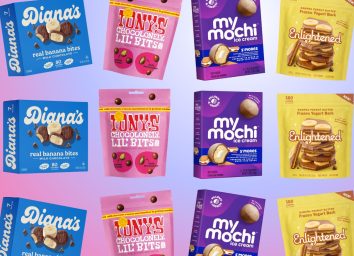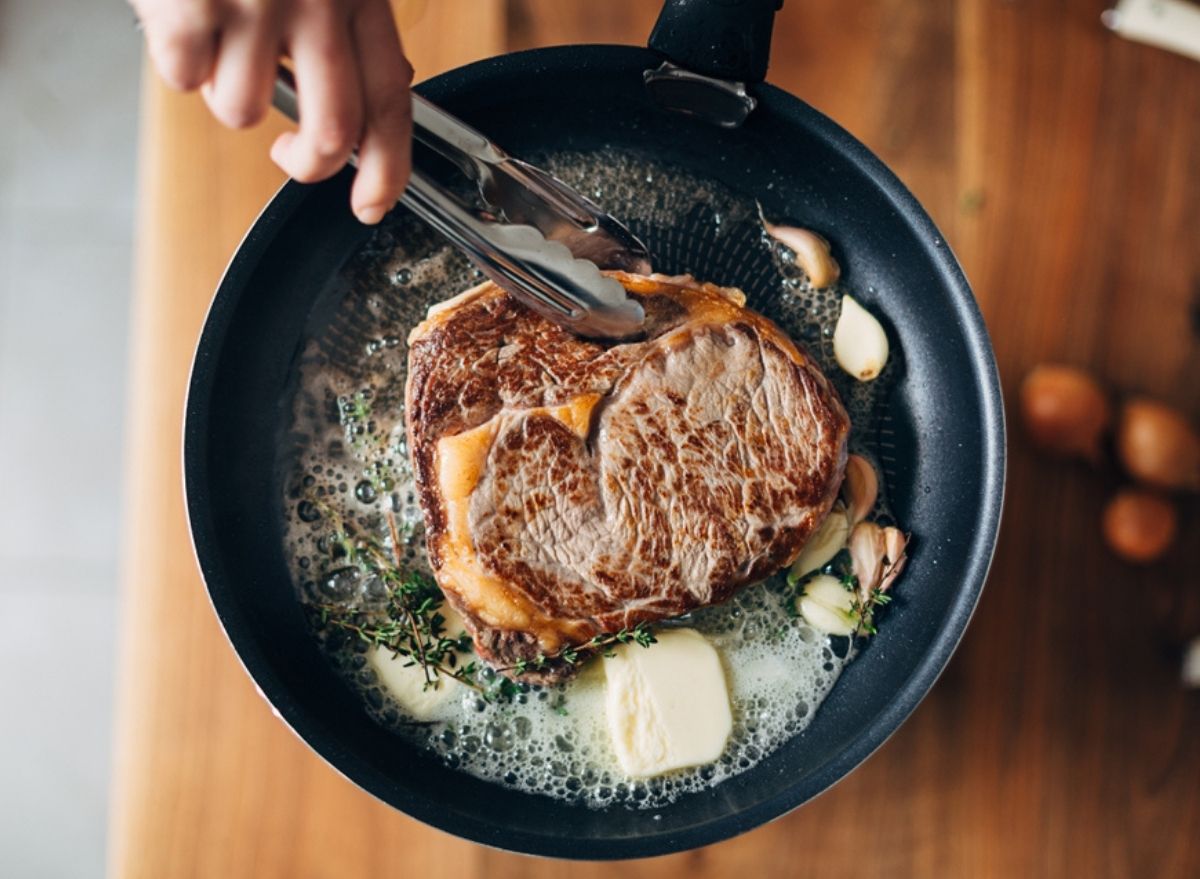
Believe it or not, good butter can make or break a dish. So, if you're on autopilot in the butter aisle, grabbing whichever butter you see first, please reconsider. Armed with quality butter, you can transform any dish into restaurant-quality meals with ease. (The same goes for olive oil!)
Some chefs wax poetic about the importance of good butter, and for good reason—high-quality butter has a higher milk fat content, resulting in a richer, more flavorful taste. Lower-quality butter, on the other hand, has more water content and isn't as, well, buttery.
Quick side note: While butter is a kitchen staple, the one you choose should depend on whether you want to bake with it or cook with it. To find out which butters are a must-buy for cooking specifically, we asked chefs to share their top picks.
Cabot Salted Butter
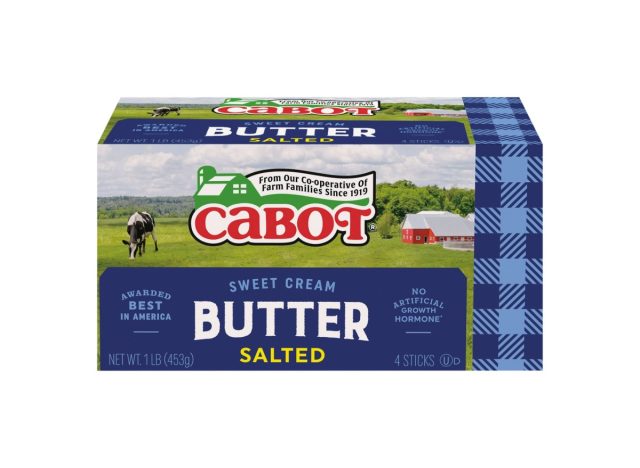
"I'm a butter fanatic," says Anca Toderic, a private chef in New York City and founder of The Butter Table. "I always keep at least 2 pounds of butter in my freezer, cold unsalted butter ready in the fridge, and one of my favorite salted European-style kinds of butter at room temperature in a butter keeper on the counter."
For cooking, Toderic likes to keep both salted and unsalted butter on hand. "When I'm looking for an all-purpose butter, I go for Cabot Creamery's salted butter sticks—they strike a nice balance between flavor and affordability," she says. "I keep some on hand for general cooking uses like scrambling eggs, making mashed potatoes, or spreading on bread." Cabot Creamery dairies are located throughout New England. This one is affordable: A 1-pound block costs about $5.
Plugrà Unsalted Butter
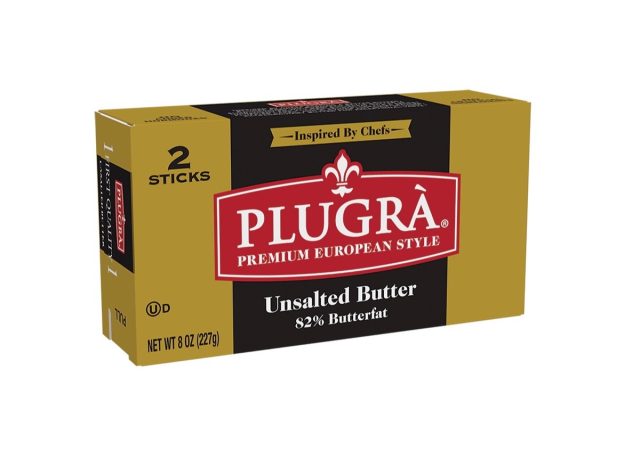
"Always use unsalted butter for cooking," suggests Brandon Collins, corporate executive chef at Unilever Food Solutions. "While it may seem minute, the amount of salt that is in the butter itself can really affect the outcome," he says. "As a chef, I want to be able to control the seasoning as I need it." Collins says he opts for European-style butter with a high-fat content for cooking, like Plugrà, which is made in Kansas City, Missouri. Plugrà has a nutty, grassy flavor, and it's made using a slow-churn process that creates less moisture content and a creamier texture.
"Plugrà butter by choice," says Richard Beckel, executive chef of the Woodholme Country Club in Maryland, noting the lower price point. "It's best to use ingredients you can afford in the beginning of your effort to cook. You make cheaper mistakes that way." This retails around $10 for a 1-pound block.
Kerrygold Pure Irish Butter
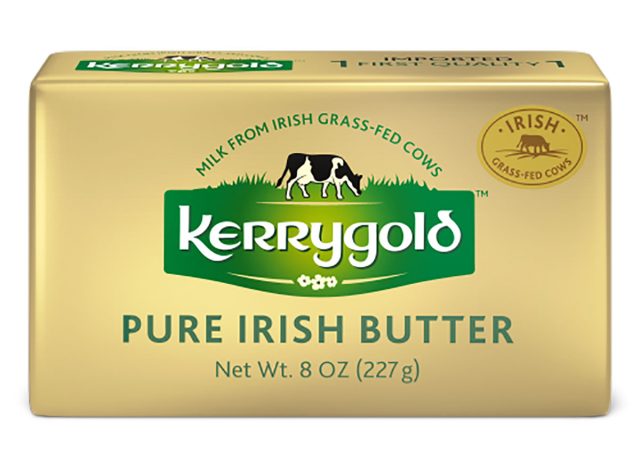
"For spreading on toast or making frostings and sauces, I splurge on premium butters like Kerrygold or Vermont Creamery," says Lauren Allen, cookbook author and founder of Tastes Better from Scratch, a recipe website. Allen says high-fat European-style butter like these offer a rich, indulgent taste and a creamy texture that can't be beaten. "The grass-fed cows that produce the cream for these butters make them extra nutty and sweet," she says. And while the Ireland-made Kerrygold may have a higher price tag compared to store-brand butters—about $4 for an 8-ounce package—splurging strategically on butter can be worth it depending on the application.
"It's pricey for everyday use, but these premium butters are worth keeping around for times when I want to elevate a simple recipe," Allen says, adding that "I've found the intense flavor of these boutique butters allows me to use less without sacrificing taste. Just a pat melted over steamed veggies or swirled into a pan sauce really takes things up a notch."
Chefs Collins and Toderic also count Kerrygold among their favorites, too. Of Kerrygold, Toderic says, "The higher fat content means it browns and caramelizes beautifully."
Vermont Creamery Cultured Butter
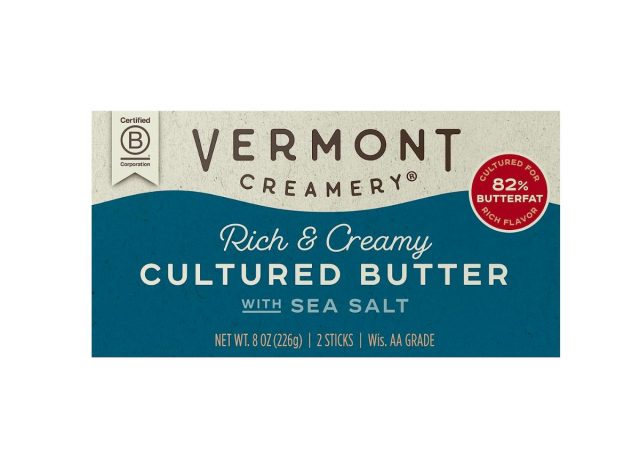
Chef Collins likes to use Vermont Creamery's cultured butter anytime he wants the butter flavor to be prominent, like as a spread, in pie or shortbread doughs, or as a dip for vegetables. "I love cultured butter for cooking," he says. Cookbook author Allen also recommends Vermont for spreading on toast or making sauces. This one is made from fresh Vermont cream, with notes of buttermilk and hazelnut, and it comes in two varieties: sea salt and unsalted. "I make sure to always choose real butter over substitutes like margarine," Allen says. "Real butter offers a genuine dairy flavor that I've yet to find in imitation products." These come in 8-ounce blocks and retail for around $4.
Les Pres Sales Butter with Camargue Sea Salt
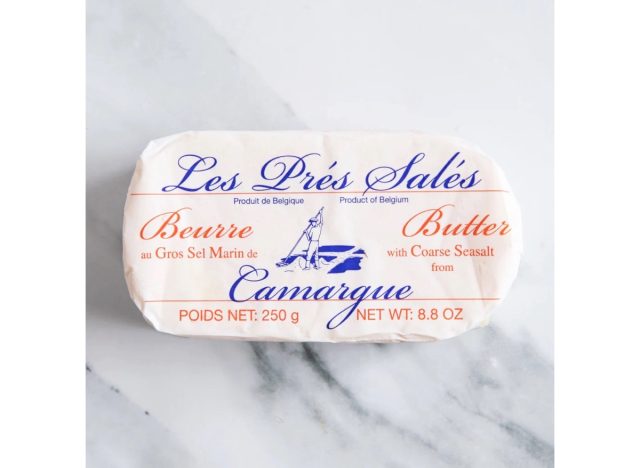
If you've tried all of the above for your home cooking and want to branch out further, Toderic recommends this premium salted butter from Belgium. "I'm a big proponent of using high-quality butter to elevate home cooking," Toderic says. "The flavor makes a big difference in the end. But they come with a price tag, so in general, I keep those for spreading on bread or in a finishing sauce." Les Pres Sales butter is made from churned fresh cream from cows in the Belgian Ardennes. It's then dosed with high-quality French sea salt. This one retails for around $18 for 2, 8.8-ounce slabs. For another high-end option, Toderic mentions Isigny Ste Mère Salted Butter among her favorites, which is produced in France and retails for around $11.50 for a 250-gram stick.
Churn Parmesan & Pepper
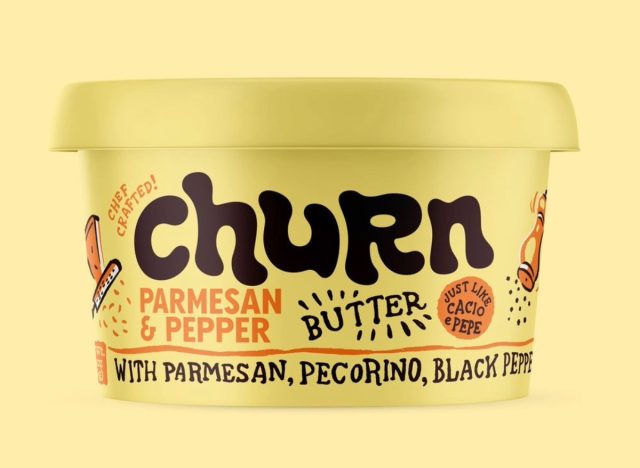
For those interested in flavored butter, Churn makes a line that can instantly elevate any meal. "I am a sucker for Churn's Cacio de Pepe butter for use in the obvious choice —pasta—because of its peppery and cheesy undertones," says chef Brandon Dorsky, co-owner of Yeastie Boys Bagels in Los Angeles. This is an organic grass-fed butter with 84 percent butter fat, which means it's super rich and creamy, and Churn sells nine different flavors. Dorsky says the Parmesan- and pepper-flavored butter (or cacio de pepe) pairs perfectly with a baked potato, asparagus, or corn. "I certainly flavor my own butter at home, but Churn is the only mass-produced flavored butter I have bought consistently," he says. This will run you $13 for a 5.5-ounce container.


